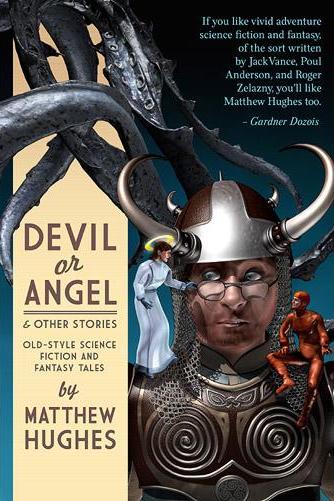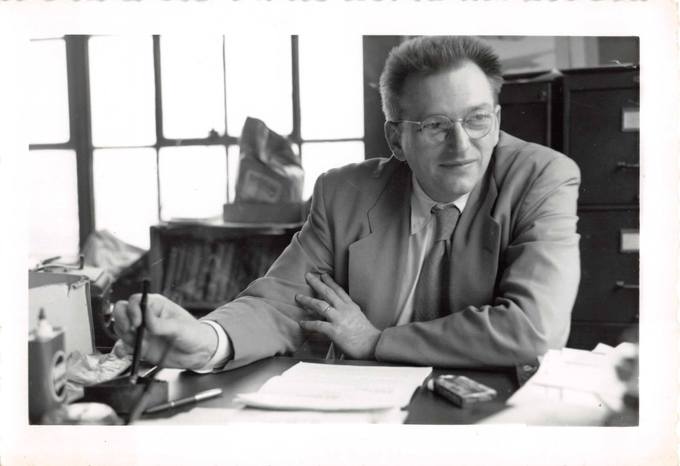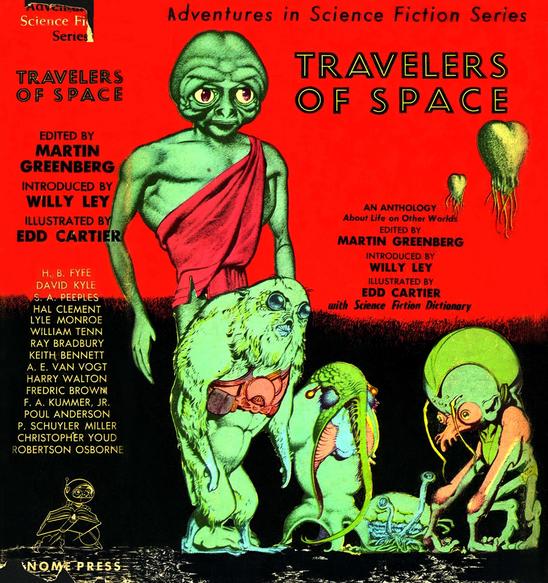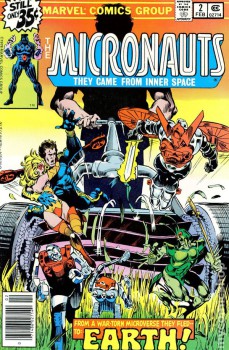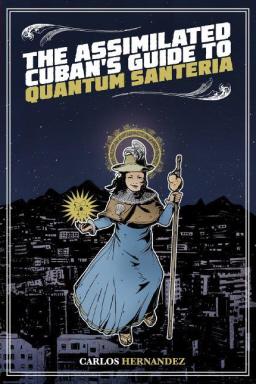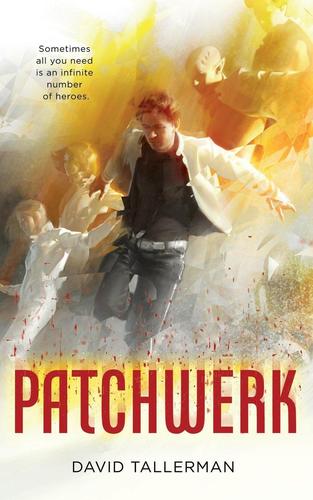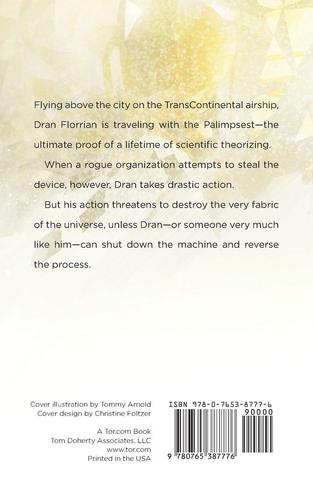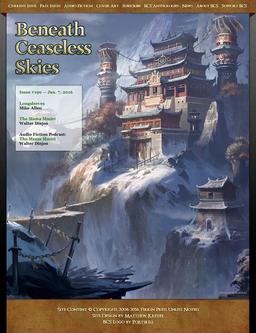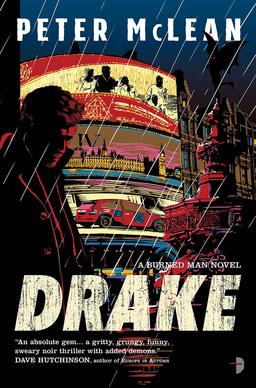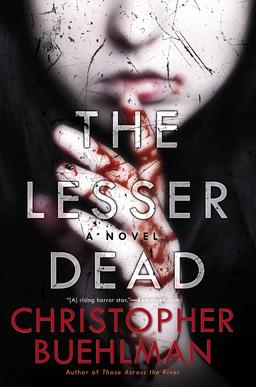Rediscovery of the North: Nelvana of the Northern Lights
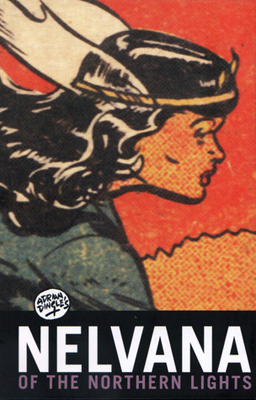 In 2014, following a successful Kickstarter campaign, Hope Nicholson and Rachel Richey published Nelvana of the Northern Lights, a trade paperback reprinting all the appearances of the eponymous Canadian super-heroine from the 1940s. IDW gave the book a wider release in hardcover and paperback later that year. It contains over 300 pages of comics written and drawn by Nelvana’s creator Adrian Dingle, mostly in black and white, along with forewords by the editors, an introduction by Dr. Benjamin Woo (Assistant Professor of Communication Studies at Carleton University), and an afterword by Michael Hirsh (an artist and animator who founded a well-known animation studio named for Nelvana). It’s a nice package, designed by Ramón Pérez, a past winner of the Eisner, Harvey, and Shuster Awards.
In 2014, following a successful Kickstarter campaign, Hope Nicholson and Rachel Richey published Nelvana of the Northern Lights, a trade paperback reprinting all the appearances of the eponymous Canadian super-heroine from the 1940s. IDW gave the book a wider release in hardcover and paperback later that year. It contains over 300 pages of comics written and drawn by Nelvana’s creator Adrian Dingle, mostly in black and white, along with forewords by the editors, an introduction by Dr. Benjamin Woo (Assistant Professor of Communication Studies at Carleton University), and an afterword by Michael Hirsh (an artist and animator who founded a well-known animation studio named for Nelvana). It’s a nice package, designed by Ramón Pérez, a past winner of the Eisner, Harvey, and Shuster Awards.
The book also has a one-page biography of Dingle, who sounds like an interesting character. Born in Cornwall in 1911, his family moved to Canada in 1914, and by the 1940s he was a professional illustrator in Toronto. In 1941 he became one of the founders of a new comics publisher, Hillborough Studios. A law passed late in 1940 had restricted the importation of “non-essential” goods from the United States, including comic books. As a direct result, a Canadian comics industry was blossoming, publishing so-called “Canadian Whites,” black-and-white books with colour covers. So Dingle’s Nelvana appeared in Hillborough’s Triumph-Adventure Comics starting with the first issue, in August of 1941; Dingle took the book and character to Bell features starting with the seventh issue, where they stayed until the book’s thirty-first and last issue in 1946. A final appearance by Nelvana in a 1947 colour comic tied up most of the dangling sub-plots.
Perhaps the most interesting part of the story is that Dingle credited a friend of his with the inspiration for Nelvana. Franz Johnston was part of the Group of Seven, an association of Canadian artists who created the country’s first significant movement of painters; they travelled around the country to find inspiration in the Canadian landscape and developed new techniques for painting it. Johnston shared stories with Dingle of a trip he took to the north, where he met an Inuit elder named Nelvana. From Johnston’s stories Dingle created his Nelvana, a mythic Axis-smashing superheroine.
